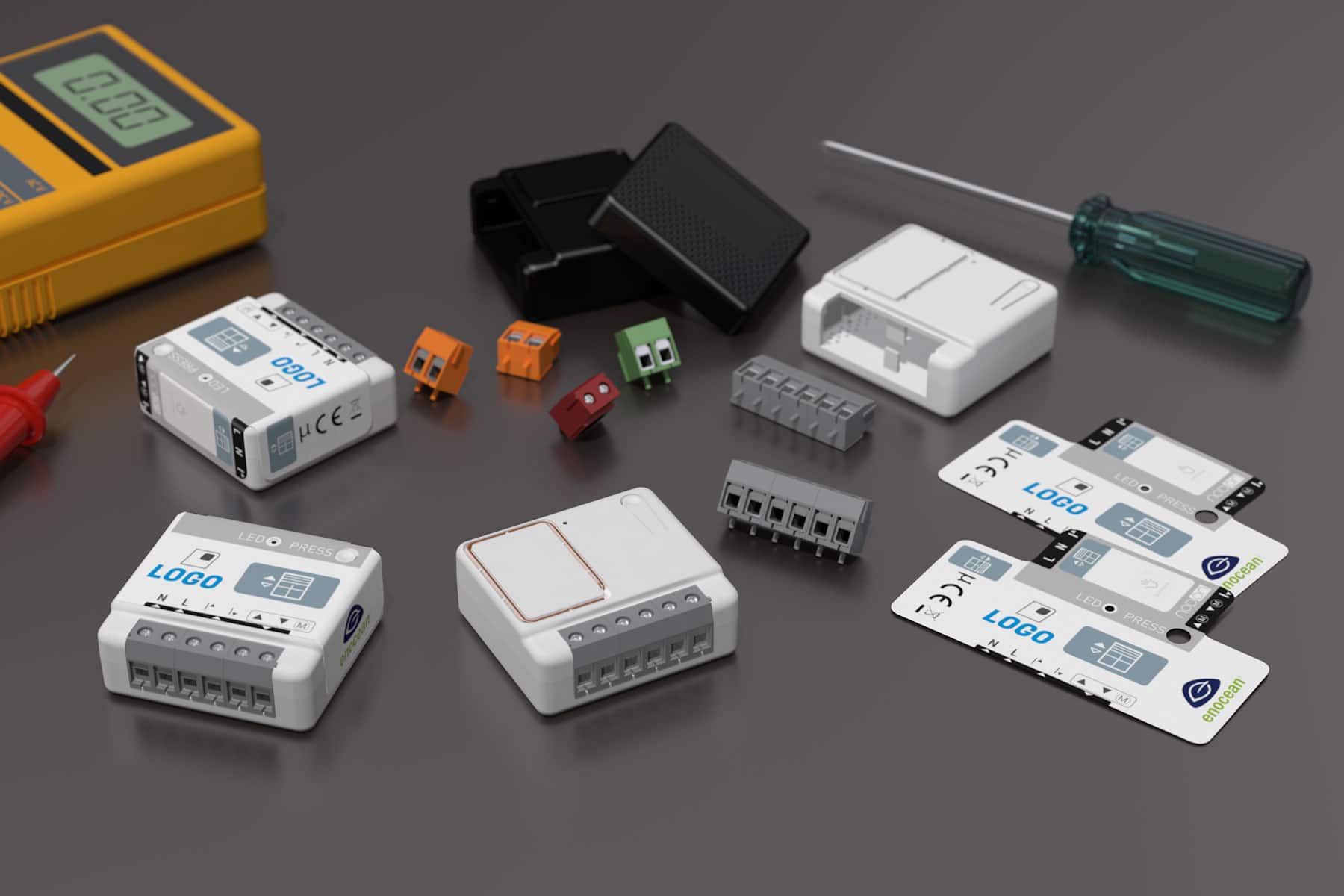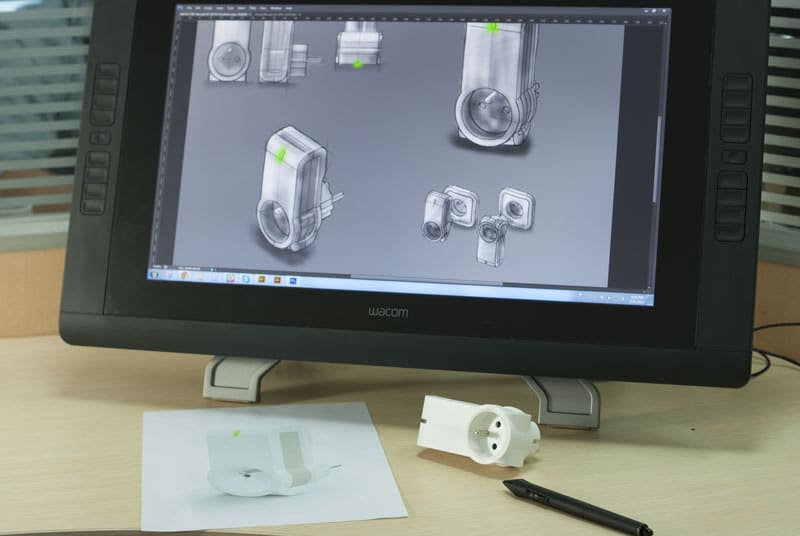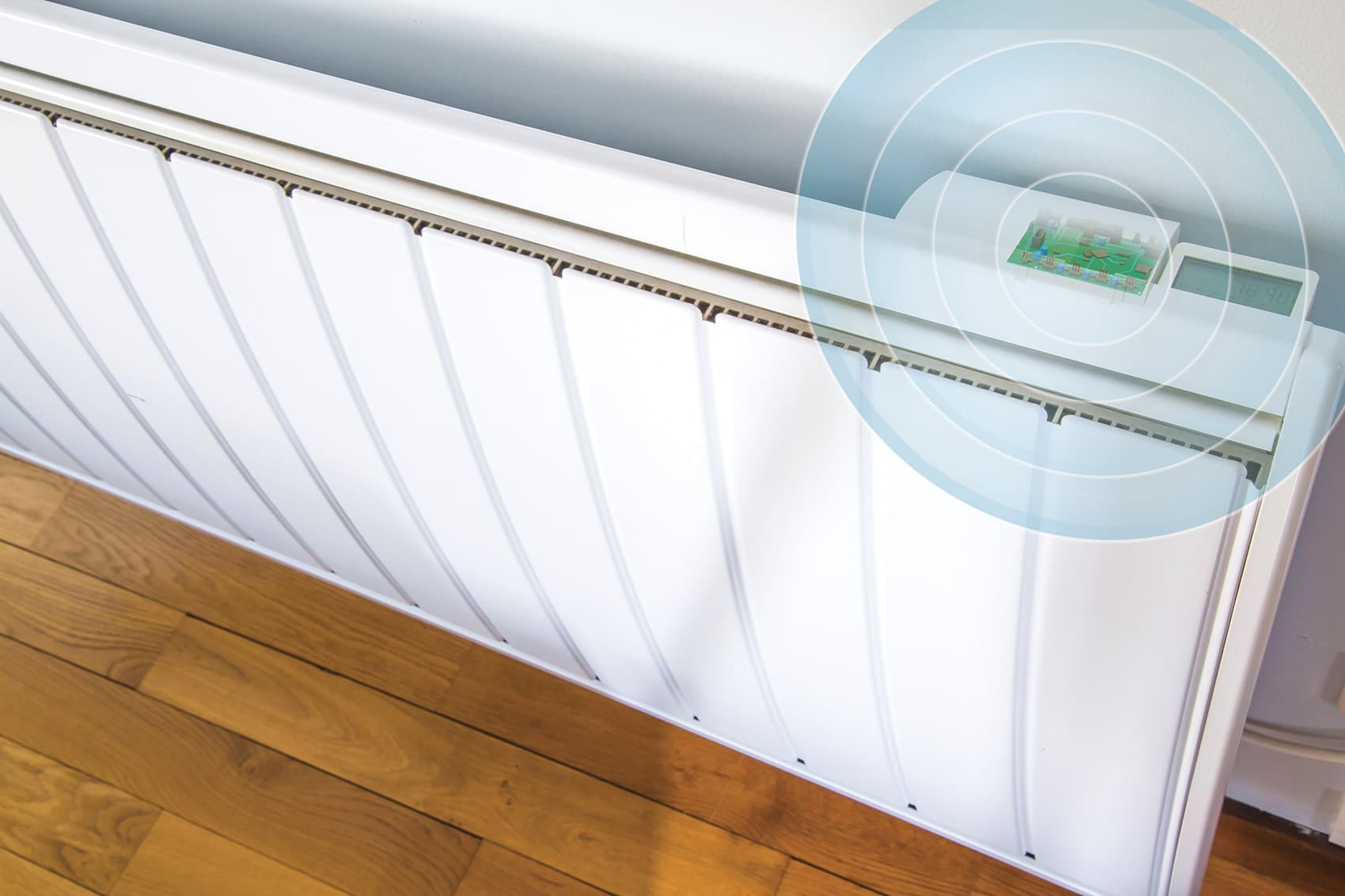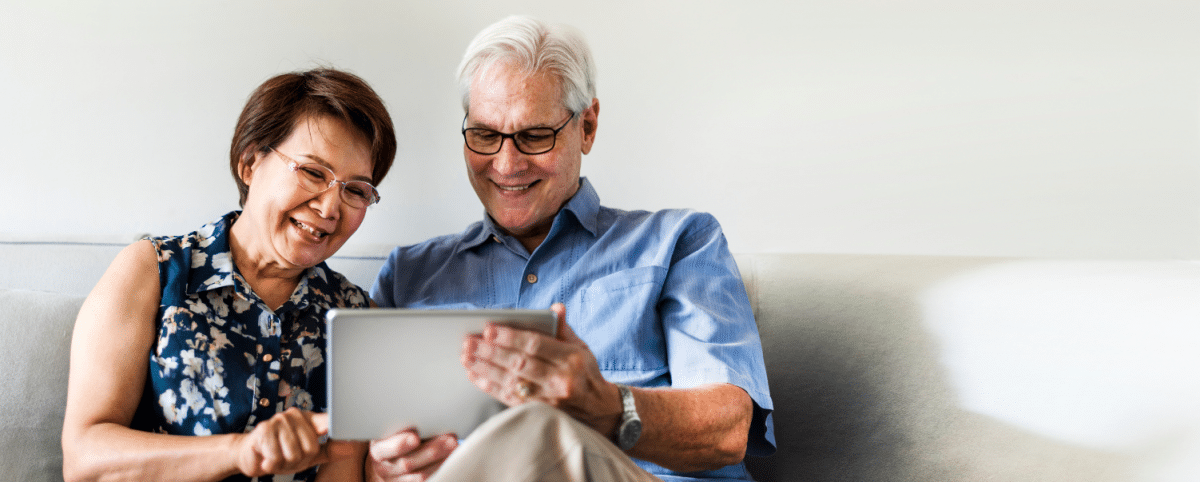The question of aging at home is increasingly being asked in France. The majority of elderly people want to stay at home as long as possible, particularly because of the negative image of senior housing structures. With the increase in life expectancy, some dynamic and active seniors feel more comfortable at home. But how can we continue to live at home when we lose our autonomy due to a chronic illness or a neurodegenerative disease?
Under these conditions, how can we arrange housing to age at home in the best possible conditions?
A situation that is evolving
Did you know that every year, nearly 400,000 elderly people are affected by an accidental fall? The consequences can be dramatic with nearly 12,000 deaths per year.
And when they are not fatal, falls sometimes cause serious repercussions such as fractures, trauma and hospitalizations.
In addition to natural aging, there are many risk factors when you are at home.
These different factors need to be identified. How?
- By adopting good reflexes;
- By learning the correct movements to get up and move smoothly;
- By equipping yourself with a teleassistance system (capable of detecting falls or injuries), particularly for frail or physically isolated elderly people.
It is about concretely anticipating the loss of autonomy.
When you are used to your place of residence, having lived there for several generations, it is difficult to abandon your memories, your habits and your social circle.
Adapting your home to age well therefore becomes a necessity that makes sense.
Many solutions to implement?
With a view to aging at home in the best possible conditions and in complete safety, there are now many practical solutions that can prevent accidents in the homes of elderly people.
What are they? In no particular order, we can already consider:
- Install a stair railing and grab bars in high-risk areas or confined spaces (toilets, bathrooms, stairs, etc.);
- Remove any rugs that the elderly person could easily trip over;
- Free up space in the passageways by moving furniture aside;
- If possible, install the bedroom on the ground floor;
- Replace the bathtub with a safe shower (with or without door) with an extra-flat shower tray and non-slip coating: possibility of adding a retractable seat, a thermostatic mixer, support bars, etc.
- Ensure that there is sufficient lighting to avoid obstacles and install motion detectors ;
- Replace traditional shutters with rolling and connected models ;
- Favor smart sockets to facilitate energy savings or allow remote control of the device connected to it (e.g.: remotely control your side lamp).
In the context of assisting the elderly, home automation equipment also plays an important role. Indeed, the automation of certain tasks allows us to consider daily life with more serenity, because it avoids unnecessary travel. In addition, home automation solutions seem obvious to our elders who wish to keep their bearings and minimize costs.
In addition to all these practical amenities, it is possible to call on a home help service to guarantee the senior support in household chores or shopping which can be dangerous or exhausting after a certain age.
Financial assistance to adapt your home?
Whether the senior owns or rents their home, there are practical solutions for adapting their interior and fitting it out in a comfortable and secure manner.
For this, subsidies and aid are offered and are aimed at everyone, depending on their profile and their individual situation.
| Grants and subsidies | Detail |
|---|---|
| ANAH |
|
| PCH (disability compensation benefit) |
|
| APA (personalized autonomy allowance) |
|
| Pension fund (CNAV or CARSAT) |
|
Find out about the assistance available to seniors wishing to adapt their accommodation: https://www.pour-les-personnel-agees.gouv.fr/preserver-son-Autonomy-s-Informer-et-anticiper/amenager-son-logement-et-sequiper/amenager-son-logement






Leave a comment
This site is protected by hCaptcha and the hCaptcha Privacy Policy and Terms of Service apply.